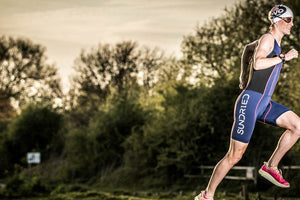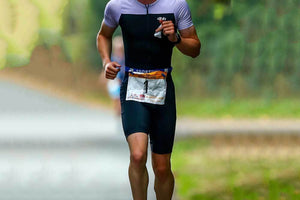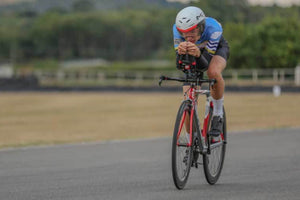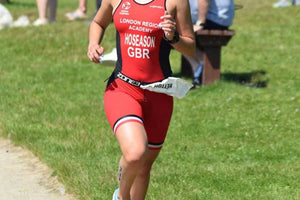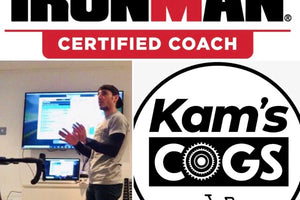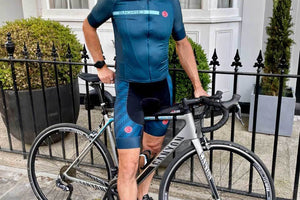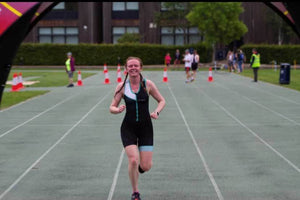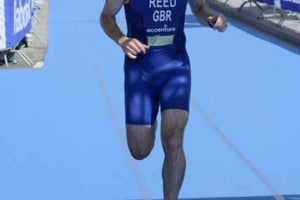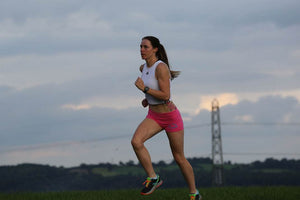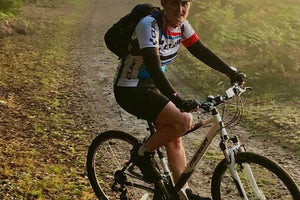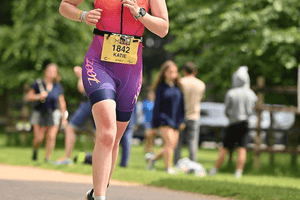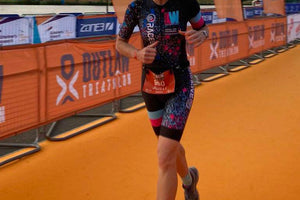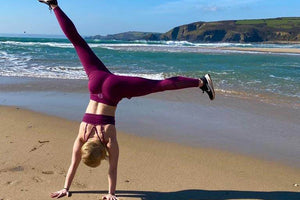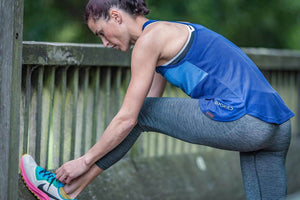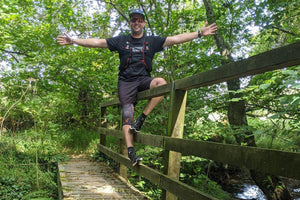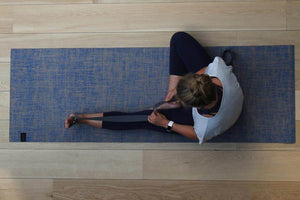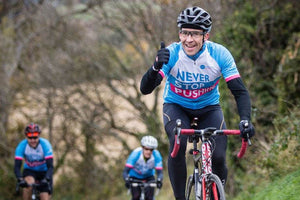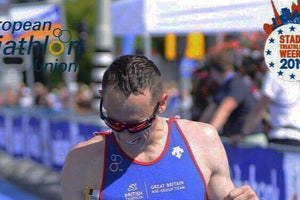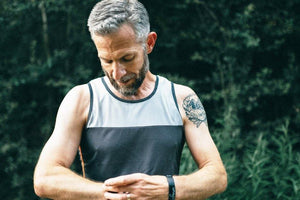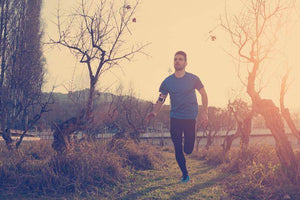The menopause can wreak havoc on a training regimen because of the physiological changes that occur. It can be more difficult to maintain lean muscle and bone density, avoid injuries and illness, recover from challenging workouts, and even get enough sleep. Until recently, many of these difficulties were written off as a natural part of ageing but scientific discoveries have now attributed these symptoms to a lack of oestrogen and not advancing age in isolation. Which is good news for ageing athletes, since hormonal changes are easier to combat than the ageing process.
What is the Menopause?
The menopause is caused by the natural decline of oestrogen and is diagnosed after 12 consecutive months without a menstrual cycle, which usually occurs around the age of 50, but perimenopause is the proceeding transitional phase which can last anywhere from several months to 10 years and can begin as early as your 30’s.
What are the physiological impacts?
Soon after perimenopause, oestrogen levels begin to fall which leads to a loss of bone density, reduction in lean muscle mass, and an increase in body fat percentage. Oestrogen loss also results in a slower metabolism and interferes with your hunger and satiety signals.
These changes often result in women feeling heavier, slower, and becoming more prone to broken bones. But whilst you cannot combat the natural development of menopause, there are steps which you can take to alleviate the symptoms of oestrogen decline.
Steps to outsmart oestrogen depletion
1. Lift heavy
Research has found that individuals who do resistance training seem to preserve the level of lean mass that they had before menopause. Activities like CrossFit can be a great way to combine range-of-motion exercise, heavy resistance training, and a little bit of competition. However, if you’re not into the competitive culture of CrossFit then dumbbells, resistance bands, and body-weight exercises work just as well.

2. Ditch the endurance workouts for interval training
Whilst resistance training may be the most effective way to build lean muscle mass, cardio still plays a critical role in maintaining your heart and lung health, burning fat, and preserving bone mass.
The best type of cardio for menopausal women is high intensity interval training as opposed to long aerobic workouts. As oestrogen naturally promotes your body to synthesise protein into lean muscle, you need a new stimulus. High-intensity interval training can be that stimulus. It promotes your body to build lean muscle and shrink visceral fat more effectively than a slow-burn endurance workout.
3. Train hard but recover harder
Athletes in menopause are prone to overtraining and burning out, particularly if they are trying to regain the leaner, toned body that they enjoyed pre-menopause.
Pushing too hard for too long during the menopause without adequate rest will result in high-stress cortisol cycling. This occurs when you are under constant stress and forces your cortisol levels to stay elevated for far longer than is needed. Eventually this cortisol imbalance can lead to weight gain, exhaustion, and loss in muscle mass.
The answer lies with more rest. You need to work out with intensity but also give yourself enough time to recuperate; unfortunately, everything takes a little longer during menopause. It is recommended to adopt shorter training blocks, taking a recovery period every third week (or more) of your training, and taking a more scientific approach to recovery by monitoring your heart rate and sleep quality.
4. Get a good night sleep
Hormone related sleep issues are another challenge menopausal women must overcome. Both oestrogen and progesterone affect sleep quality and quantity; as your hormones drop and sleep disturbances rise.
It’s important to ensure that you have a pre-bed relaxation routine that helps you to unwind before bed. Which means no phones, bright lights, or late-night workouts.
5. Change your workout fuel
Declining oestrogen causes your body to become sensitive to carbohydrates and insulin. You may experience difficulties digesting certain foods which previously were not an issue or find that you are experiencing a high degree of gastrointestinal issues.
It is recommended that all women experiencing gastrointestinal symptoms during the menopause should consider dietary changes to ensure that they are consuming high-quality protein, good fats, fruit and vegetables, and whole grain carbohydrates.
6. Consider supplementation
It's imperative to ensure that you are consuming enough calcium and vitamin D to maintain a good level of bone density. The National Osteoporosis Foundation recommends a total daily intake of 1,200mg of calcium and between 800-1,000IUs of vitamin D for good bone health. For reference, a glass of milk contains about 300mg of calcium, and one serving of salmon contains about 250mg of calcium and 1,000IUs of vitamin D.
It can be difficult to get the recommended amount of calcium and vitamin D. If you aren’t sure whether you are getting enough from your diet it might be worth taking a trip to the GP to enquire about supplementayion.
7. Listen to your body
It’s important to remember that your body is undergoing tremendous hormonal and physiological changes which will require patience. You are the only person who can truly know when it is the right time to push harder in training or when it is time to take some time off.
8. Don’t give up
At times it may seem like an uphill struggle trying to uphold a training and racing schedule during the menopause, but do not despair. There are so many health benefits to remaining active during this time and doing something is always better than doing nothing!
About the author: Laura Smith is an elite level athlete who has been a Sundried ambassador since 2017.



